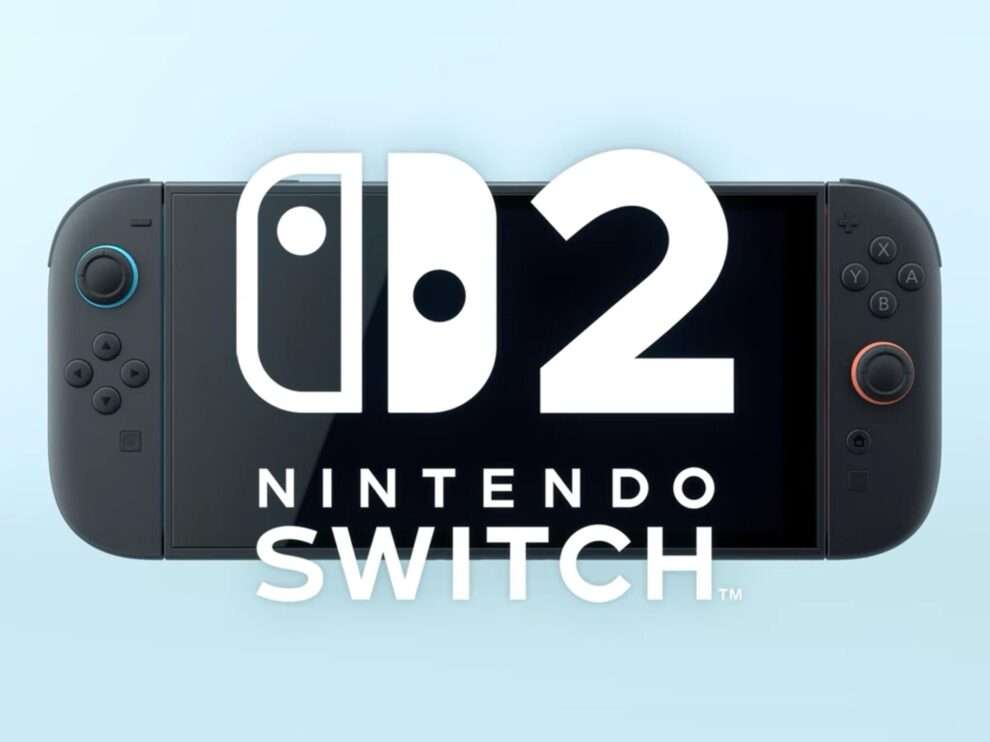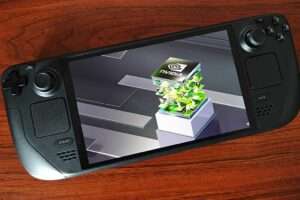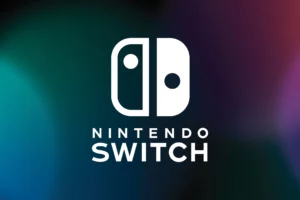When Nintendo unveiled the Switch 2 earlier this year, some corners of the gaming world sighed in relief while others groaned in disappointment. The successor to the wildly successful hybrid console doesn’t reinvent the wheel—it’s faster, more powerful, and sleeker, but fundamentally familiar. Critics feared that Nintendo had traded its trademark eccentricity for something safer, more predictable. Yet, beneath the surface of what appears to be a straightforward upgrade lies fertile ground for the kind of bizarre innovation that has defined Nintendo for decades. The Switch 2 isn’t the end of Weird Nintendo—it’s an invitation to get even weirder.
A Legacy of Quirks and Creativity
To understand why the Switch 2 still holds potential for oddball brilliance, it’s essential to revisit the legacy of Nintendo itself. This is a company that once sold millions of consoles shaped like purple lunchboxes (the GameCube) and convinced players to wave remotes around their living rooms like orchestra conductors (the Wii). Its history is littered with experiments both triumphant and perplexing: the dual-screen clamshell design of the DS, the motion-controlled chaos of Wii Sports, and the ill-fated yet fascinating Virtual Boy. Even during the Switch era, Nintendo proved it hadn’t lost its penchant for peculiar ideas.
Take Nintendo Labo, for instance. Released in 2018, Labo turned cardboard into interactive toys, blending physical craftsmanship with digital gameplay. Players built fishing rods, pianos, and even rudimentary VR goggles out of paper, then used them to interact with games on the Switch. It was strange, ambitious, and quintessentially Nintendo—a project that no other major gaming company would dare attempt. Similarly, Mario Kart Live: Home Circuit transformed living rooms into real-world racetracks by pairing the Switch with remote-controlled cars equipped with cameras. These weren’t just gimmicks; they were bold attempts to rethink how we play.
And let’s not forget the Joy-Cons themselves. Detachable, versatile, and packed with sensors, these controllers became tools for creativity. They enabled experiences as varied as Ring Fit Adventure , which turned fitness into an RPG, and WarioWare: Move It! , where wiggling your butt became a legitimate game mechanic. Even after nearly a decade, developers continued finding new ways to exploit the Joy-Cons’ capabilities, proving that Nintendo’s hardware could inspire endless experimentation.
Why the Switch 2 Can Still Surprise Us
On paper, the Switch 2 looks like a logical evolution rather than a revolution. With improved processing power, better graphics, and refinements like a second USB-C port and a mysterious “C” button, it seems designed to cater to modern gaming demands without rocking the boat. But Nintendo has always excelled at turning seemingly mundane features into playgrounds for imagination. Consider the newly introduced “mouse mode” for the Joy-Cons. At first glance, it sounds utilitarian—a way to enhance precision in shooters or strategy games. But knowing Nintendo, this feature will likely serve as the foundation for something far stranger. Imagine a WarioWare collection built entirely around mouse movements, or a crafting game that uses the Joy-Con as a virtual paintbrush. The possibilities are limited only by the creativity of Nintendo’s designers.
Then there’s the rumored ability to rotate the console itself, allowing the Joy-Cons to attach upside-down. While the primary purpose might simply be ergonomic—to accommodate different port placements—it’s hard not to speculate about gameplay applications. Could we see titles inspired by WarioWare: Twisted! or Pokémon X and Y , where tilting the screen becomes part of the experience? Or perhaps entirely new genres born from this functionality? If history is any indication, Nintendo won’t hesitate to push boundaries if it means delivering fresh, unexpected fun.
Even the addition of a second USB-C port hints at untapped potential. Sure, it could just be for charging or connecting headphones—but Nintendo thrives on surprises. What if it allowed for modular attachments, similar to Labo but updated for the Switch 2’s enhanced tech? Picture tiny peripherals that transform the Joy-Cons into musical instruments, medical diagnostic tools, or even robotic arms. The Joy-Cons already boast advanced haptics, motion sensors, and IR capabilities; combined with the flexibility of USB-C, they’re primed to become the building blocks for Nintendo’s next round of quirky inventions.
Beyond Hardware: Software and Sound
While much of the discussion around the Switch 2 focuses on its hardware, software remains another avenue for Nintendo to flex its creative muscles. One area ripe for reinvention is the eShop. For years, fans have begged for a return to the whimsical charm of older Nintendo interfaces—the catchy jingles, the colorful menus, the sense of personality that made navigating systems like the Wii Shop Channel feel special. As Ana Diaz humorously pleaded in her pre-reveal wish list, “Switch 2 better have a silly little jingle.” Whether through music, animations, or interactive elements, the eShop could easily become a showcase for Nintendo’s playful spirit.
Software exclusives also offer opportunities for weirdness. Titles like Everybody 1-2-Switch demonstrated how Nintendo could leverage smartphones alongside traditional gameplay, creating experiences that blur the line between local multiplayer and augmented reality. Future releases could take this concept further, integrating external devices or leveraging the Switch 2’s upgraded hardware to create entirely new forms of interaction. Perhaps we’ll see cooperative games that require players to physically move objects in sync with on-screen prompts, or narrative-driven adventures that use the Joy-Cons’ sensors to simulate real-world actions.
Embracing the Balance Between Safe and Strange
Of course, there’s merit in playing it safe. The original Switch succeeded because it offered something universal: the freedom to play anywhere, anytime. By refining that formula instead of abandoning it, Nintendo ensures continuity for its massive install base. But safety doesn’t have to mean stagnation. Just as the original Switch fostered creativity within its hybrid framework, the Switch 2 can do the same with its expanded toolkit.
Ultimately, the question isn’t whether Nintendo can still be weird—it’s whether it chooses to embrace that weirdness fully. The pieces are all there: innovative hardware, talented developers, and a fanbase eager for surprises. All that’s left is for Nintendo to assemble them into something delightfully unpredictable.
So, while the Switch 2 may seem conventional at first glance, don’t count out Weird Nintendo just yet. If anything, the console represents a blank canvas waiting to be splashed with color, sound, and absurdity. After all, Nintendo’s greatest strength has always been its willingness to zig when everyone else zags—and if history tells us anything, the best surprises are still ahead.
















Add Comment